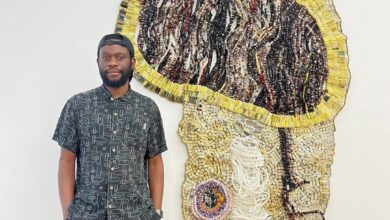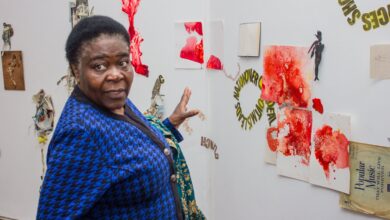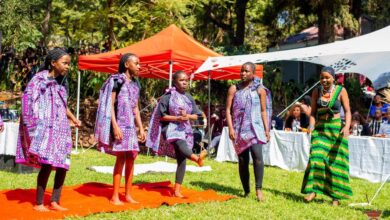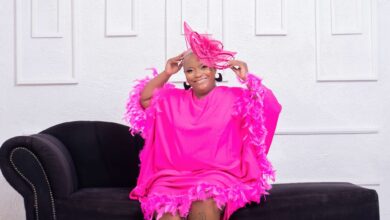Life Style
5 Zimbabwean Dance Styles and Their Cultural Significance
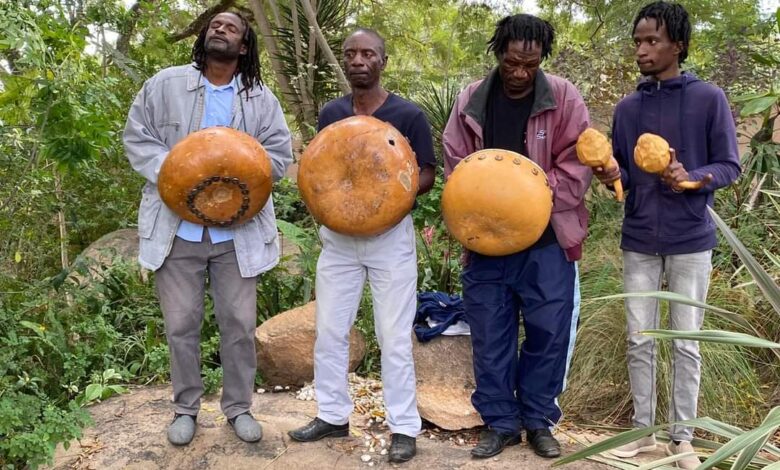
Zimbabwe, a nation rich in diverse cultures and traditions, boasts a vibrant dance heritage that reflects its history and values. Here are five notable Zimbabwean dance styles and their cultural significance:
- Mbira Dance
The Mbira dance is closely associated with the mbira, a traditional Zimbabwean instrument often referred to as the thumb piano. This dance is integral to the Shona people’s spiritual and ceremonial practices, particularly during bira (ancestral worship) ceremonies. The rhythmic movements and intricate steps of the Mbira dance are believed to invite ancestral spirits, promote healing, and foster community cohesion. Dancers often use movements that mimic the sounds of the mbira, creating a deep connection between the music and the dance. - Jit
Jit, also known as “Harare Jit,” emerged in the urban areas of Zimbabwe in the 1980s and is a popular dance style that combines traditional rhythms with contemporary influences. It features fast-paced, energetic movements and is characterized by its lively beats and infectious rhythms. Jit became a symbol of youthful rebellion and freedom, especially during times of political and social change. The dance reflects the dynamism of urban life and is often performed in social gatherings and celebrations. - Chinyakare
Chinyakare is a traditional dance of the Shona people, often performed during rituals and celebrations. The dance is characterized by its graceful, flowing movements and intricate footwork. Chinyakare is typically accompanied by the sounds of traditional drums and other percussion instruments, which help to convey a sense of rhythm and harmony. The dance is performed to honor ancestors, celebrate communal achievements, and transmit cultural values to younger generations. - Muchongoyo
Originating from the Zezuru people, Muchongoyo is a traditional war dance that was historically performed to celebrate victories and prepare for battle. The dance involves vigorous movements and dramatic postures, with dancers often donning traditional attire and carrying symbolic weapons. Muchongoyo serves as a powerful expression of strength, unity, and resilience. It is still performed during cultural festivals and community events, showcasing the rich martial heritage of the Zezuru people. - Tamba
Tamba is a dance style that originates from the Hwesa and Sotho communities in Zimbabwe. It is characterized by its rhythmic footwork and lively, upbeat music. Tamba is often performed during festivals and communal gatherings, and it plays a significant role in maintaining social bonds and cultural identity. The dance is a celebration of joy and community spirit, with participants coming together to showcase their skills and enjoy each other’s company.
Each of these dance styles not only highlights Zimbabwe’s rich cultural heritage but also serves as a means of preserving and transmitting traditional values and practices. Through dance, Zimbabweans celebrate their history, express their identities, and reinforce their connections to their ancestors and communities.

